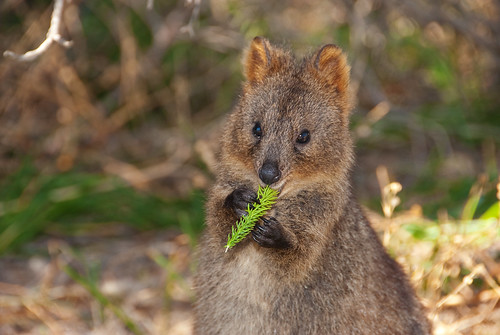| A BRIEF DESCRIPTION OF A QUOKKA |
 |
| QUOKKA STAMP |
 |
| QUOKKA,S HAVE POUCHES,LOOK AT THIS PICTURE,CAN YOU SEE A QUOKKA BABY PEEPING OUT OF THE MOTHER'S POUCH AND NIBBLING THE GROUND? |
 |
| A QUOKKA BABY WITH IT'S MOTHER |
 |
| A QOUKKA |
 |
| A CLEAR PICTURE OF A QUOKKA BABY INSIDE IT'S MOTHER'S POUCH |

No comments:
Post a Comment